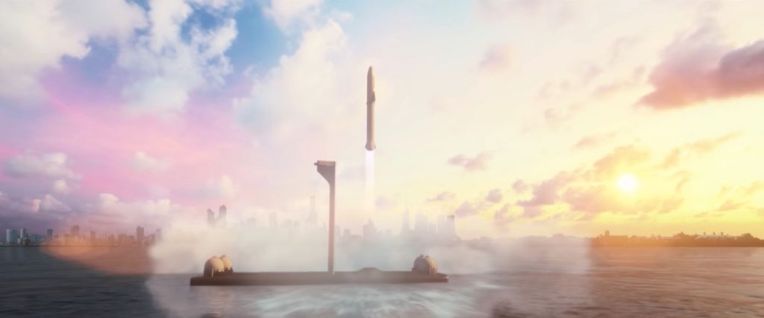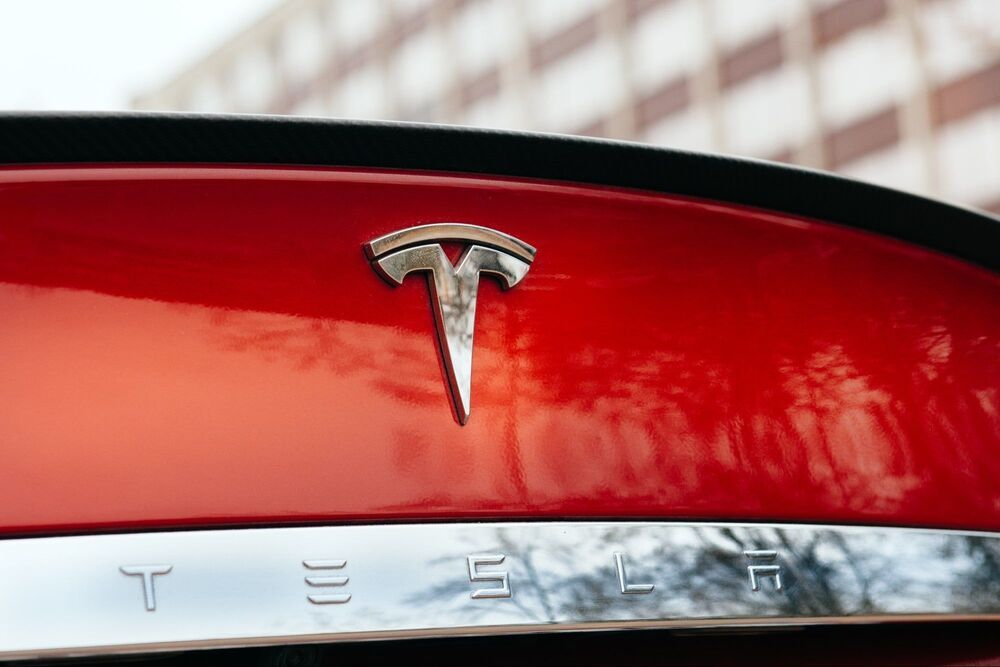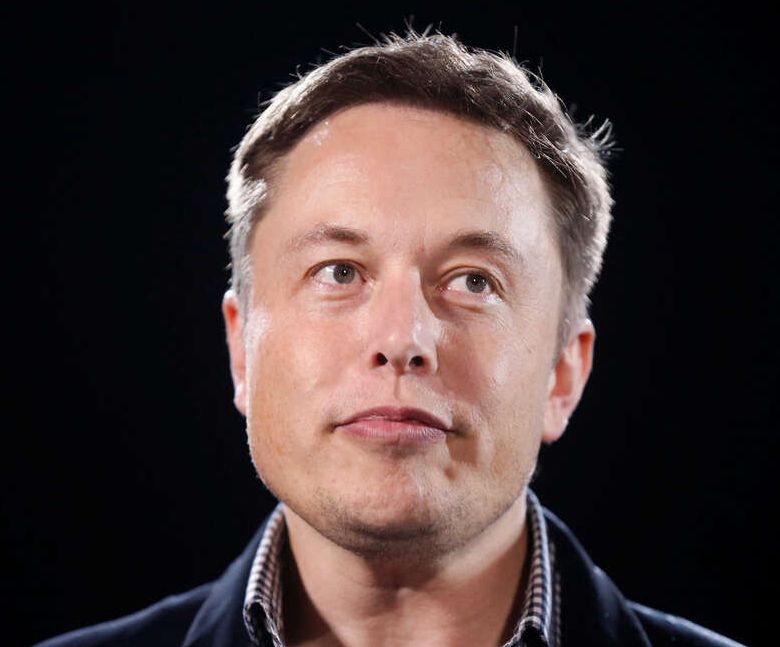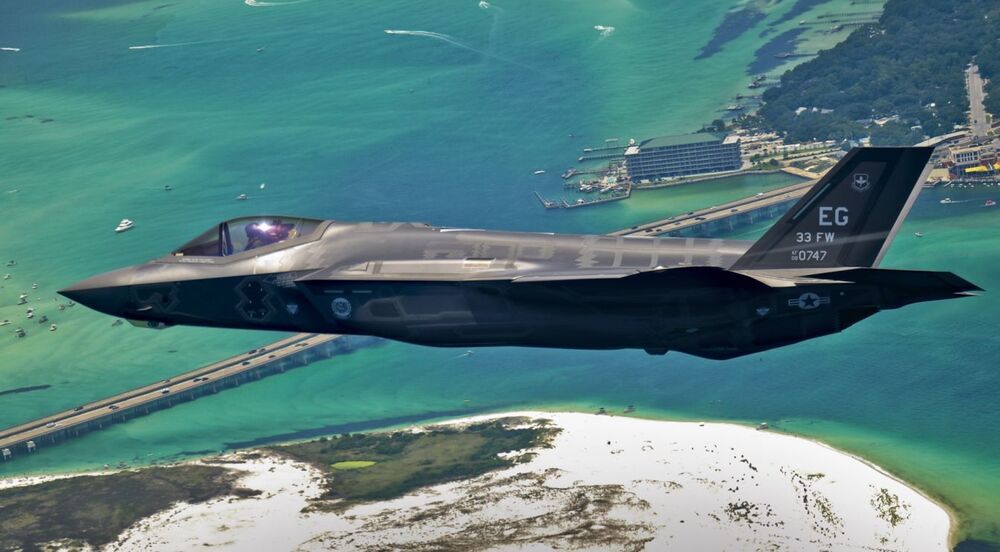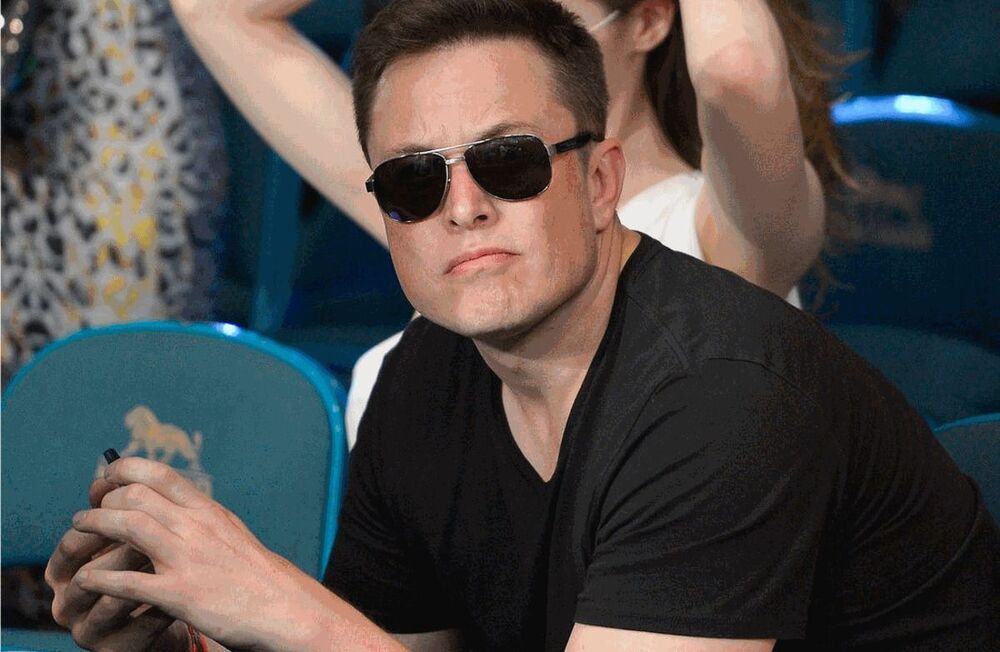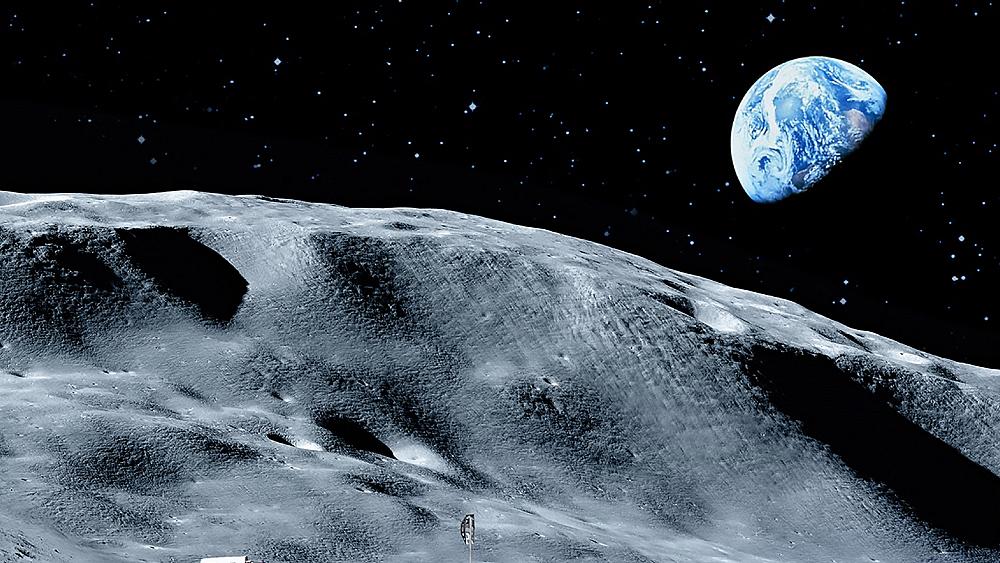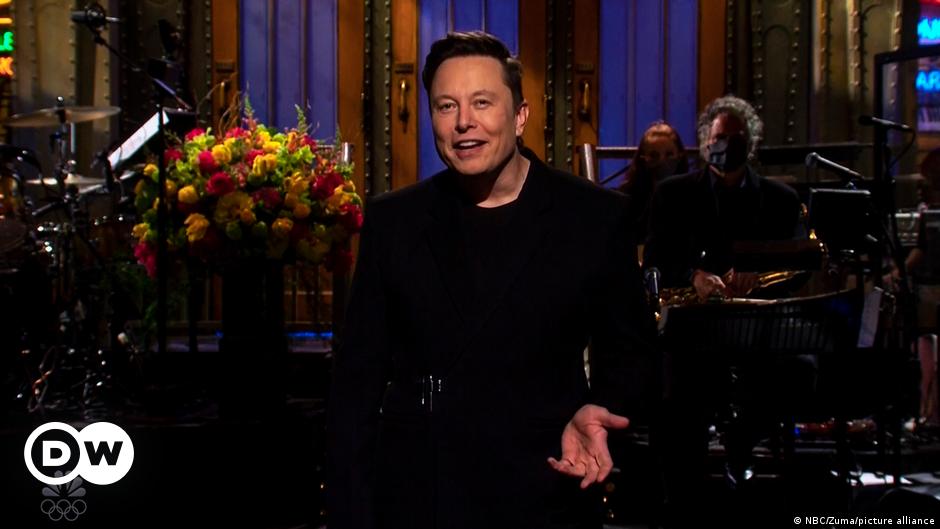SpaceX is already underway on building its first floating spaceport platform, and the plan is for it to start hosting launches as early as next year. SpaceX CEO Elon Musk shared those details on the progress of its build for Deimos, one of two converted oil rigs that SpaceX purchased earlier this year in order to transform them into floating launch and landing sites for its forthcoming Starship reusable rocket.
SpaceX’s purchase of the two rigs at the beginning of this year was for the creation of Deimos and Phobos, two floating spaceports named after the moons of Mars. They’ll act as offshore staging grounds for Starship launch activities, and the name is appropriate because the eventual plan is to have Starship provide transport for both people and goods to and from the red planet.
Ocean spaceport Deimos is under construction for launch next year https://twitter.com/kendall_dirks/status/1398640498223587334
